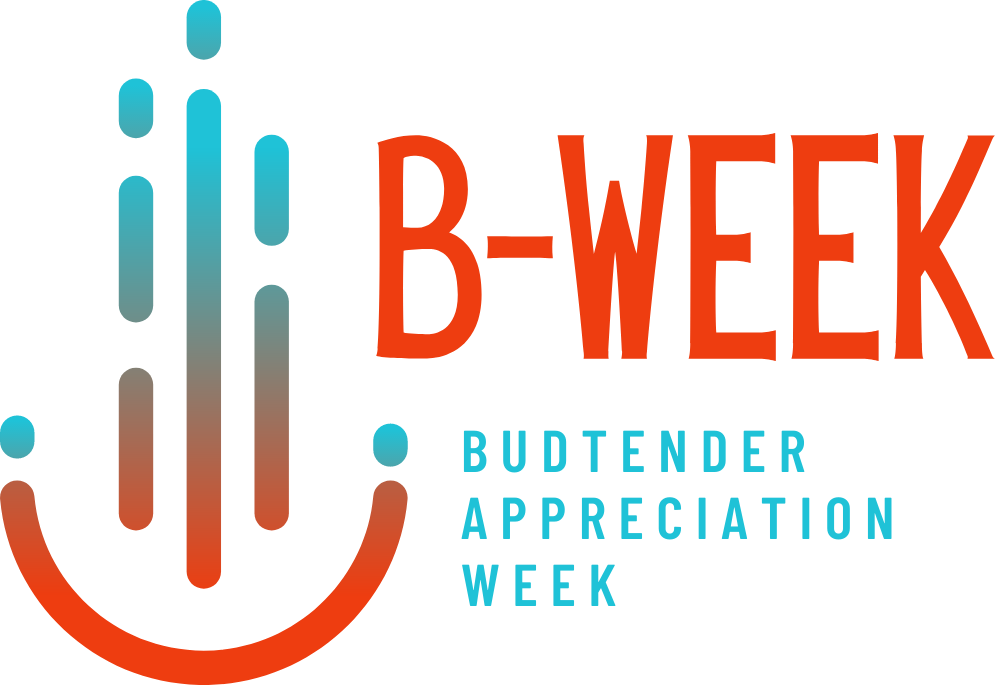A recent study published in the journal Cancer suggests that cancer survivors experiencing pain may be more likely to use cannabis and cigarettes. The research also highlights a link between cigarette smoking, pain, and an increase in side effects related to treatment, ultimately leading to poorer health outcomes for cancer survivors.
Chronic pain, generally described as pain lasting three months or longer, affects approximately 30 percent of cancer survivors. In those with advanced stages of the disease, the prevalence can rise to 50%. As cancer treatments improve and more individuals live longer after their diagnosis, the number of survivors dealing with long-term pain often grows.
Pain often coincides with the use of substances such as e-cigarettes, cigarettes, cannabis, and alcohol for most people.
To better understand how pain influences non-opioid use among cancer survivors, researchers examined data from two nationwide surveys in the United States. These included 4,130 participants from the 2020 National Health Interview Survey (NHIS) and 1,251 adults from 2021’s Wave 6 of the Population Assessment of Tobacco and Health (PATH) Study.
The study also explored how substance use and pain relate to mental well-being, self-perceived physical health, quality of life, and other symptoms associated with cancer treatment. Separate regression analyses were conducted for each data set.
Findings from the PATH Study indicated that individuals who experienced higher pain intensity in the past week were more likely to use cannabis, e-cigarettes, and cigarettes, while they were less likely to consume alcohol. Data from NHIS similarly showed that chronic pain was linked to a higher probability of cigarette use but a lower likelihood of alcohol consumption.
Despite its significant findings, the study had some limitations. Since the research relied on self-reported data, there is potential for bias. Additionally, its cross-sectional design prevents researchers from establishing a cause-and-effect relationship between substance use and pain. Nevertheless, the findings offer important insights into the need for comprehensive care approaches.
The study’s authors emphasized that addressing both substance use and pain together in cancer care is crucial. They noted that pain can lead individuals to turn to substances, while substance use can, in turn, worsen pain, creating a challenging cycle to break.
Although some cancer survivors may use cigarettes or other substances to manage pain and cope with symptoms, doing so may have severe health consequences. It can reduce the efficiency of cancer treatment and raise the risk of recurrence. Marijuana industry players like Curaleaf Holdings Inc. (CSE: CURA) (OTCQX: CURLF) can therefore help in spreading awareness about the potential side effects of medical marijuana so that patients are empowered to make informed decisions.
About CNW420
CNW420 spotlights the latest developments in the rapidly evolving cannabis industry through the release of an article each business day at 4:20 p.m. Eastern – a tribute to the time synonymous with cannabis culture. The concise, informative content serves as a gateway for investors interested in the legalized cannabis sector and provides updates on how regulatory developments may impact financial markets. If marijuana and the burgeoning industry surrounding it are on your radar, CNW420 is for you! Check back daily to stay up-to-date on the latest milestones in the fast -changing world of cannabis.
To receive SMS alerts from CNW, text CANNABIS to 888-902-4192 (U.S. Mobile Phones Only)
For more information, please visit https://www.CannabisNewsWire.com
Please see full terms of use and disclaimers on the CannabisNewsWire website applicable to all content provided by CNW, wherever published or re-published: https://www.CannabisNewsWire.com/Disclaimer
CannabisNewsWire
Denver, CO
www.CannabisNewsWire.com
303.498.7722 Office
Editor@CannabisNewsWire.com
CannabisNewsWire is powered by IBN



















